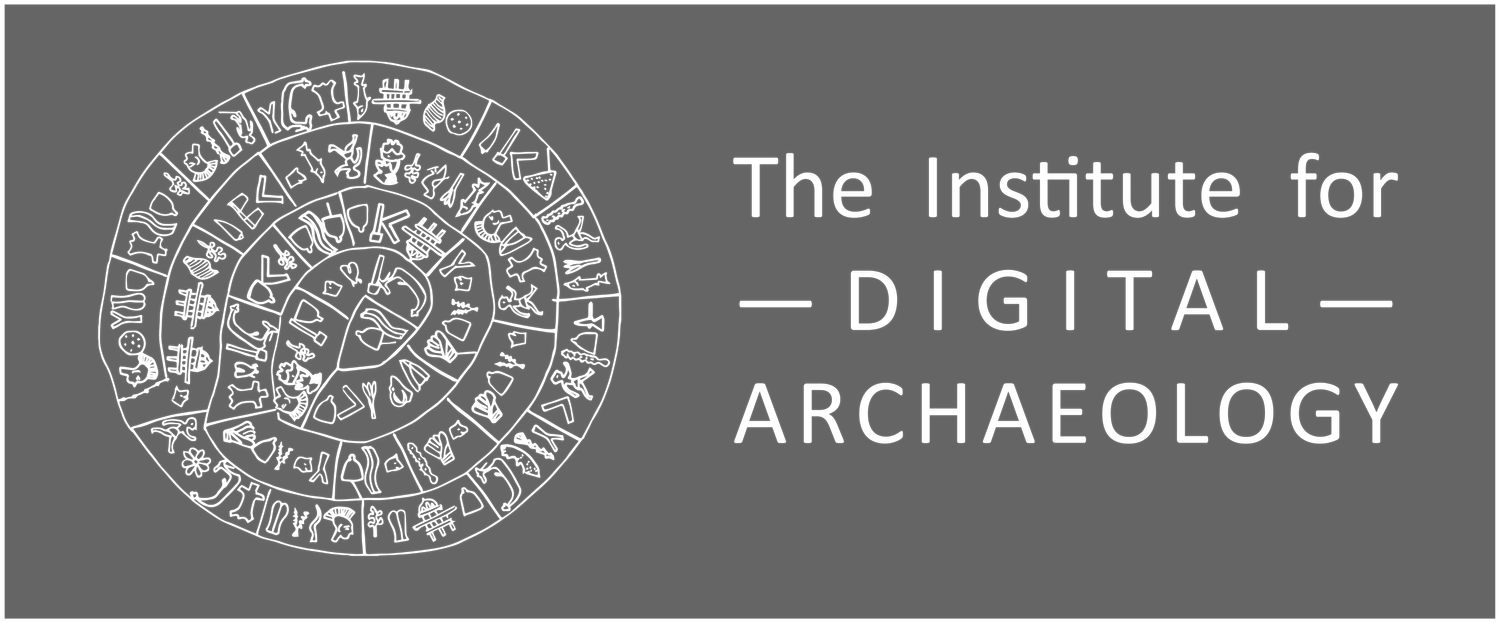On-Site Reconstructions
"The conservation and restoration of monuments must have recourse to all the sciences and techniques which can contribute to the study and safeguarding of the architectural heritage. Where traditional techniques prove inadequate, the consolidation of a monument can be achieved by the use of any modern technique for conservation and construction, the efficacy of which has been shown by scientific data and proved by experience."
- The Venice Charter for the Conservation and Restoration of Monuments and Sites
"Boris Johnson, Mayor of London, recently said in connection with our reconstruction in Trafalgar Square of Palmyra’s Triumphal Arch that archaeologists have a duty to help rebuild the lost monuments of the Middle East. I agree with the Mayor – but would go even further. Anyone who appreciates the art and architecture that beautifies the great cities of Europe and North America, who appreciates the science and technology that improves our lives or who enjoys the freedoms of representative democracy has a duty to help restore these lost sites. For in them lies the story of a region in which our collective artistic, scientific and political traditions were born. These monuments represent the shared history of humanity and stand for a rich and complex past that unites all people. By rebuilding these structures, we rebuild not only our own national histories but our connections to each other."
- Roger Michel, Executive Director, IDA
"In Iraq and Syria we have the records, the scholarship, the skills and the money to reinstate ancient sites and re-fire our imagination. I applaud the Institute for Digital Archaeology for dedicating itself to the task of reconstruction."
- Sir Simon Jenkins, Former Chairman, UK National Trust
Voice of America
“As soon as our teams are given access to the Palmyra site, our first step will be to consult with local stakeholders to learn of their priorities,” Roger Michel, IDA’s founder and Executive Director, said in an email. The team will then build a large-scale 3-D printing grid near the site of the reconstruction.
“This will dramatically reduce cost and allow local stakeholders to participate in the building process,” he said. “After rough-printing the reconstruction, the next step is to provide surface finishes that match the appearance and texture of the original objects or architecture.”
Read here: http://blogs.voanews.com
National Public Radio
Upon reclaiming Palmyra, the controversial side of digital reconstruction.
Listen here: http://www.npr.org
Mr. Khaled Hiatlih leads our on-site reconstruction initiative in Syria. In collaboration with the Directorate General of Antiquities and Museums and other regional stakeholders, we are exploring all aspects – methodological and conceptual – of the application of new technologies to the repair and reconstruction of archaeological sites. Mr. Hiatlih has worked in many projects in Syria such as the restoration of the Folk museum (Azem Palace) in Damascus, and led a team to document all the mosaic panels in Syrian museums as part of a database project with the European center for Byzantine and post-Byzantine monuments. Mr Hiatlih graduated from Damascus University and studied at Birmingham University, USA. He works closely with our technical team, under the direction of Dr. Alexy Karenowska. Our first pilot reconstructions will begin in Autumn 2016.


